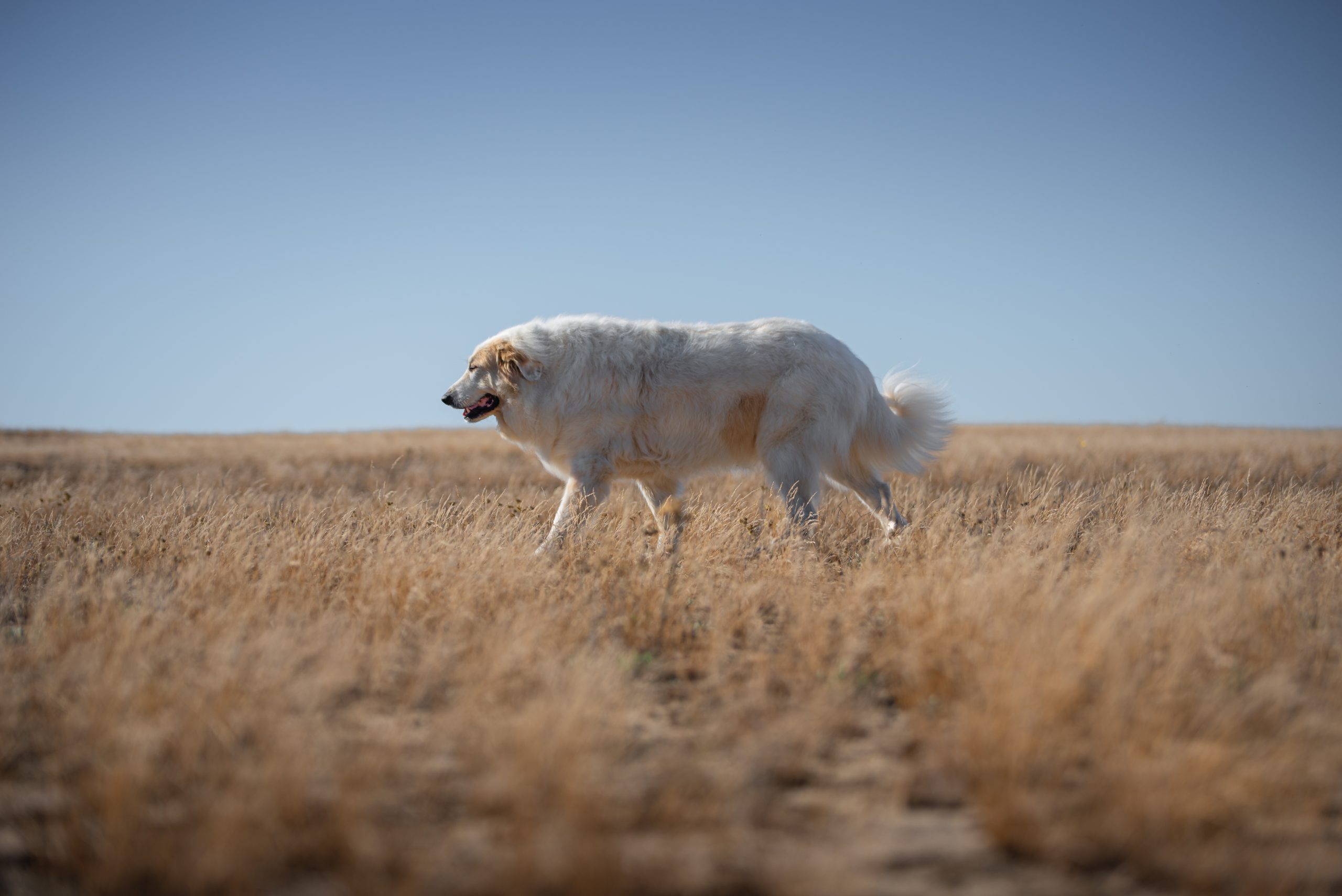As temperatures rise, pet parents must be on toes about the risk of heat stroke in their furry companions. Heat stroke is a life-threatening condition that can occur when a dog’s body temperature rises to dangerous levels. Understanding what heat stroke is, recognizing its signs and symptoms, knowing how to treat it, and implementing preventive measures are crucial for keeping our furry friends safe during hot weather.
What is Heat Stroke?
Heat stroke, also known as hyperthermia, occurs when a dog’s body temperature rises above the normal range and reaches levels that can cause damage to organs and bodily functions. Typically, heat stroke is diagnosed when a dog’s temperature exceeds 105°F.
Dogs are more susceptible to heat stroke than humans because they don’t sweat as efficiently. While humans have sweat glands all over their bodies, dogs only have them on their paw pads. Instead, dogs primarily cool themselves by panting, which becomes less effective as the ambient temperature rises.
Signs and Symptoms of Heat Stroke in Dogs
Recognizing the signs of heat stroke early can be life-saving. Key symptoms to watch for include excessive panting and drooling, often the first sign of heat stress, and reddened gums and tongue as blood flow increases to cool the body. Dogs may exhibit a rapid heart rate as it works harder to circulate blood and cool the body, along with lethargy or weakness, appearing unusually tired or unresponsive. Stumbling or uncoordinated movement may occur as heat affects the nervous system. Vomiting or diarrhea can indicate internal distress due to overheating, while glazed eyes or a distant expression may suggest neurological effects. In severe cases, seizures or collapse can happen, with the dog potentially losing consciousness. Dehydration might cause thick, sticky saliva, and dark or bright red tongue and gums indicate severe overheating and potential organ damage. As heat stroke progresses, these symptoms can worsen rapidly. In advanced stages, a dog may stop panting and become unresponsive, signaling a critical emergency that requires immediate veterinary intervention.
Treatment of Heat Stroke:
If you suspect your dog is suffering from heat stroke, immediate action is crucial. Move the dog to a cool area, such as an air-conditioned space or shade. Apply cool (not cold) water to wet your dog’s body, focusing on areas where large blood vessels are close to the surface, like the neck, armpits, and groin. If available, use fans to increase air circulation and enhance cooling. Offer small amounts of cool water for the dog to drink, but don’t force it. Monitor the dog’s rectal temperature every few minutes if possible, stopping cooling efforts when it reaches 103°F to avoid overcooling. Seek veterinary care immediately, even if your dog seems to be recovering, as heat stroke can cause internal damage that isn’t immediately apparent. Veterinary treatment may include intravenous fluids, monitoring of organ functions, oxygen therapy, anti-inflammatory medications, and in severe cases, blood plasma transfusions or other advanced treatments.
Preventive Measures:
Preventing heat stroke is far easier and safer than treating it. Key preventive measures include never leaving dogs in parked cars, as temperatures can rise to deadly levels within minutes. Provide ample shade and fresh, cool water when outdoors. Limit exercise on hot days, walking your dog during cooler hours and avoiding strenuous activity in hot weather. Consider using cooling aids like mats, vests, or bandanas designed for dogs. If moving to a warmer climate, allow your dog time to acclimate gradually. Be aware of your dog’s risk factors, such as breed, weight, and coat thickness. Create a cool indoor environment using air conditioning or fans. Avoid hot surfaces that can burn your dog’s paw pads. Never muzzle your dog in hot weather, as this can interfere with their ability to pant and cool themselves. Be extra cautious with at-risk dogs, including seniors, puppies, and those with health issues, providing them with additional care in hot weather.
Conclusion:
Heat stroke in dogs is a serious and potentially fatal condition that requires immediate attention. By understanding the signs and symptoms, knowing how to provide initial treatment, and implementing preventive measures, dog owners can significantly reduce the risk of heat stroke in their beloved pets. Prevention is always better than cure. Be proactive in protecting your dog from excessive heat, especially during the hottest months of the year. If you ever suspect your dog is suffering from heat stroke, don’t hesitate to seek veterinary care. Quick action can mean the difference between life and death.By staying informed and vigilant, we can ensure our canine companions stay safe and comfortable, even in the dog days of summer.




 On demand visits for urgent issues 24/7
On demand visits for urgent issues 24/7 








